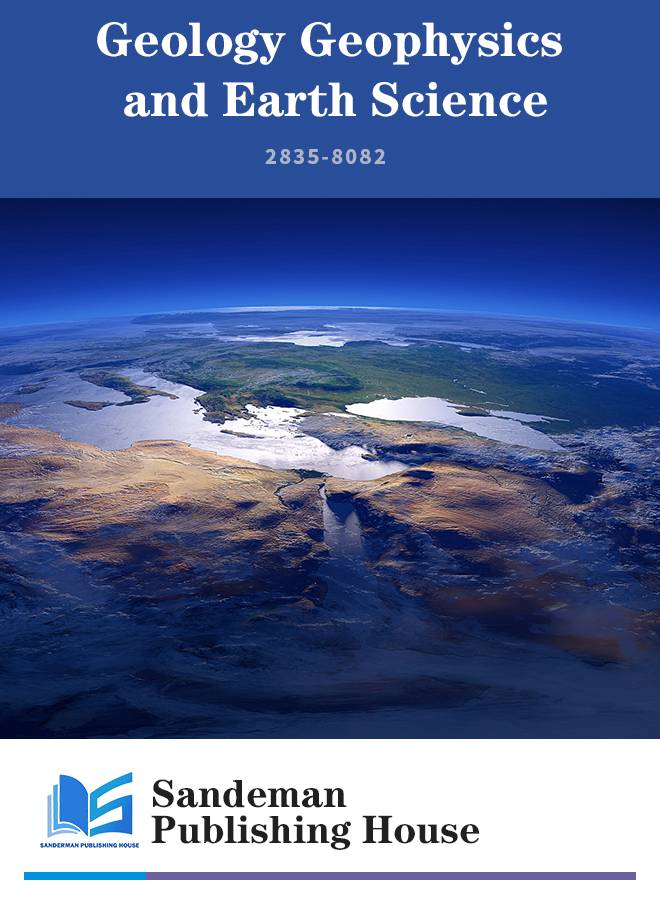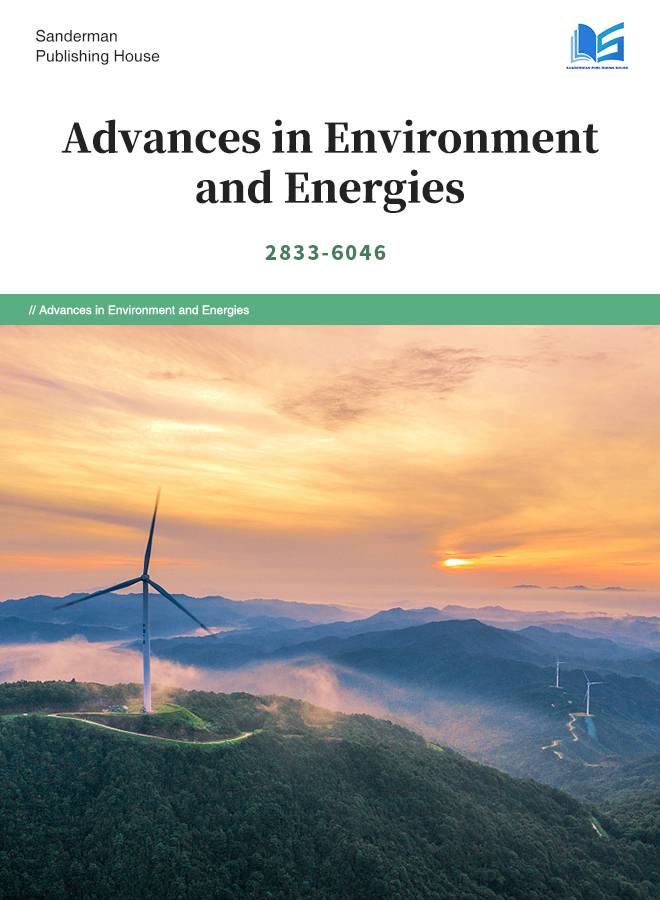Recent Articles
Quantum frontiers: navigating the wave of the future
by Manu Mitra
2023,2 (2);10.58396/eces020203 - 28 May 2024
The advent of quantum mechanics has ushered humanity into an era of unparalleled scientific exploration and technological innovation. As we stand at the forefront of this quantum revolution, it becomes imperative to comprehend the foundational principles and expanding applications that define quantum frontiers. This abstract explains into the enigmatic realm of quantum mechanics, elucidating its fundamental concepts such as superposition, entanglement, and decoherence. Moreover, it explores the profound implications of quantum computing, cryptography, and communication technologies, which promise to revolutionize industries and reshape societal landscapes. Through a multidisciplinary lens, this abstract navigates the wave of the future, unveiling the transformative potential of quantum frontiers and the challenges that lie ahead in harnessing its power for the betterment of humanity.
>>
The contribution of neutron clusters to the formation of the cosmological constant
by Yuriy Zayko
2023,2 (2);10.58396/gges020203 - 29 Apr 2024
At present it is assumed that the so-called cosmological term in the Einstein equations of gravity is responsible for the accelerated expansion of the universe experimentally observable. However, the discrepancy between the experimental data and the estimations of the cosmological constant Λ depending on the explanatory theoretical models reaches up to 120 orders of magnitude. The present article is devoted to the development of the idea of a neutron cluster (complex) and the solution on its basis to some topical issues of cosmology, in particular the calculation of the correct value of the cosmological constant. The consideration is based on the study of solutions of the Newton-Schrōdinger equations, obtained as a c-2 expansion of the original Newton-Dirac equations for the neutron. The expressions for the potential determining the motion of a baryon (neutron) in the Newtonian interpretation of the Friedman-Robertson-Walker model of the universe are compared with the potential resulting from the solution of the N-S equations at cosmological distances. Based on this comparison, an estimate of the number of neutrons in the cluster is determined, consistent with the previously obtained by other methods. The density distribution of the number of neutrons in the cluster is determined. Some consequences of the neutron cluster model for modern cosmology are discussed.
>>
Design and construction of electric and hybrid car brake system
by Ali Molavi,Mohammad Taghipour,Delaram Dokhanchi
2023,2 (2);10.58396/eces020202 - 29 Apr 2024
The purpose of this research is Design and construction of electric and hybrid car brake system. The production of electric cars goes back to the year 1900 AD, at that time, due to the problems that electric motors had on the one hand, and on the other hand, the discovery of oil and its abundant production, the production of these cars was not considered due to the dramatic progress of internal combustion engines. But with the emergence of world wars and conflicts over oil, this material gained more value and more attention was attracted to electric cars, and that was that since 1990 AD, the production of electric cars was more seriously considered. In electric cars, the power supply system includes an electric motor, controller, batteries, and its charger. The electric drive system of an electric car has the duty of converting the direct current produced by the battery into mechanical energy, which means all the parts that drive the direct current of the batteries. They are converted into the traction force and torque necessary for the wheels to move. Among the most important features of the electric car is the driving range, acceleration, speed, incline, loading, flexibility, charging time, and the high price of the batteries in most existing electric cars. In this research, the effect of installing a wind turbine to help the braking system and finally generate electrical energy to charge the batteries is investigated and by a moving damper, the direct wind flow is directed towards the turbine and causes the turbine and generator to move and finally It produces AC electricity and is converted into DC electricity by the inverter and used to charge the batteries. in other words, in this research, we come to the conclusion that installing a turbine, in addition to helping the braking system, helps to charge the car's battery. On the other hand, the solar panels used in the car also help to charge the car battery.
>>
The reasons for enormous accumulation of the geodynamic tension in Eastern Turkey: a multidisciplinary study
by Lev Eppelbaum,Youri Katz,Zvi Ben-Avraham
2023,2 (2);10.58396/gges020202 - 18 Feb 2024
The catastrophic earthquakes in Eastern Turkey (Eastern Mediterranean) require their geodynamic understanding. The two most decisive events with magnitudes of 7.95 and 7.86 on 06.02.2023, followed by a series of more than 10,000 significant aftershocks. These tragic events led to the death of more than 60 thousand people. The above values indicate the colossal tension created in the Earth's crust. The region where these strongest earthquakes occurred is a complex junction zone of four tectonic plates: Eurasian, Arabian, African, and Anatolian. The joint movement of these plates (consisting, in turn, of tectonic elements of different ages) occurs at an average rate of 6–18 mm per year. After two marked powerful shocks and a series of aftershocks, some sectors of the Anatolian plate shifted to the southwest by more than 11 meters. Our recent publications indicated the presence of a giant, rotating quasi-ring structure below the Easternmost Mediterranean. This research contains significant newly obtained data. The quantitative analysis of the sat-ellite-derived gravity data indicates the lower mantle occurrence of the anomalous target. Examination of the geoid anom-alies map also testifies to the deep origin of this structure. The regional seismic tomography data confirm the presence of anomalous zones at a depth of 1500-1700 km. The GPS vector map and the comprehensive review of paleomagnetic data display the counterclockwise rotation of this structure. Analysis of the recently constructed magnetic field ΔZ pattern commonly proves the presence of this quasi-ring structure. The newly developed paleobiogeographic map is consistent with the proposed physical–geological model. A widespread analysis of tectonic, petrological, and mineralogical data implies a connection between the discovered deep structure and near-surface processes. A crucial for understanding the nature of the considered seismic stress is its location near the expressed bend of the Mesozoic terrane belt, where the Arabian Plate is deeply intruded into the Alpine-Himalayan belt. Thus, the rotation of this giant deep structure may accu-mulate the stress effect retrieved from the satellite, airborne, and surface geophysical observations. We propose that this stress, along with the known Earth’s crust seismological activity in this region, is the causative reason for the catastrophic geodynamic events in Eastern Turkey.
>>
News
MORE >>
-
Call for Papers
All journal of Sanderman Publishing House are international, peer reviewed, open access research journals. We invite researchers, scholars, professionals and authors to submit their original and extended research to publish in refereed, international research journal. All submitted papers will be...
2023-12-15 -
Good News--Our journals are indexed by some databases!
Our journals have been indexed by Crossref, Google Scholar, Scilit, Semantic Scholar, CiteFactor, EuroPub, ResearchBib, Dimensions, Eurasian Scientific Journal Index. If you have any constructive suggestions on how to improve the quality of our journals, please contact cmce@sandermanpub.com.
2023-12-15
Publishing Policies










